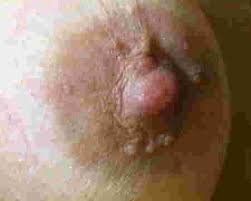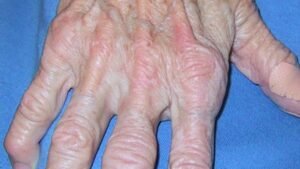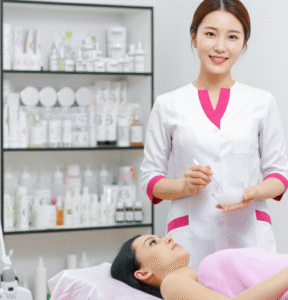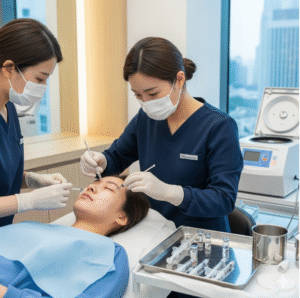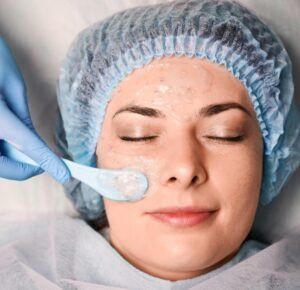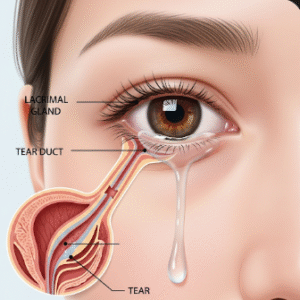Overview
Montgomery tubercles are small, raised bumps that appear around the areola of the breast. They are a normal anatomical feature and are most noticeable during pregnancy, breastfeeding, or hormonal changes. In Korea, women often notice these changes during health check-ups, pregnancy care, or cosmetic consultations. Awareness of Montgomery tubercles is important so individuals do not confuse them with abnormal breast lumps or conditions like mastitis or breast cancer. Leading hospitals in Korea, such as Seoul National University Hospital, Samsung Medical Center, and Asan Medical Center, provide advanced breast health services, ensuring proper evaluation and reassurance.
What are Montgomery Tubercles?
Montgomery tubercles are sebaceous (oil) glands located in the areola, surrounding the nipple. They secrete an oily substance that helps lubricate and protect the nipple and areola, especially during pregnancy and breastfeeding. These glands are named after Dr. William Fetherstone Montgomery, who described their role in breast physiology.
Symptoms
Montgomery tubercles are not a disease but a normal anatomical feature. However, symptoms or noticeable changes may include:
- Small raised bumps on the areola
- Tenderness or swelling during pregnancy or menstruation
- Increased prominence during breastfeeding
- Occasional redness or irritation if inflamed
Causes
- Hormonal changes (pregnancy, menstruation, puberty)
- Breastfeeding (increased activity of glands for lubrication)
- Normal anatomical variation (present in all women, but more noticeable in some)
- Rarely, infection or blockage of the gland
Risk Factors
- Pregnancy and breastfeeding
- Hormonal fluctuations (puberty, menstrual cycles, menopause)
- Poor breast hygiene (may increase chances of irritation or infection)
- Wearing tight or non-breathable clothing leading to blocked pores
Complications
While Montgomery tubercles are usually harmless, complications can include:
- Infection or inflammation (Montgomery gland abscess, though rare)
- Pain and tenderness during breastfeeding
- Cosmetic concerns due to appearance changes
- Misinterpretation as a breast lump, leading to unnecessary anxiety
Prevention
- Maintain good breast hygiene
- Wear comfortable, breathable clothing
- Avoid squeezing or picking at the bumps
- Seek medical advice if the bumps are painful, red, or unusually enlarged
Treatment Options in Korea
Montgomery tubercles generally do not require treatment, but supportive care and reassurance are available in Korea.
- Diagnosis
- Clinical breast examination by a gynecologist or breast specialist
- Ultrasound or mammogram if other breast abnormalities are suspected
- Differentiation from cysts, infections, or tumors
- Medical Management
- Most cases: No treatment required
- If infected: Antibiotics, warm compresses, or drainage may be recommended
- For cosmetic concerns: Consultation with dermatologists or plastic surgeons in Korea

